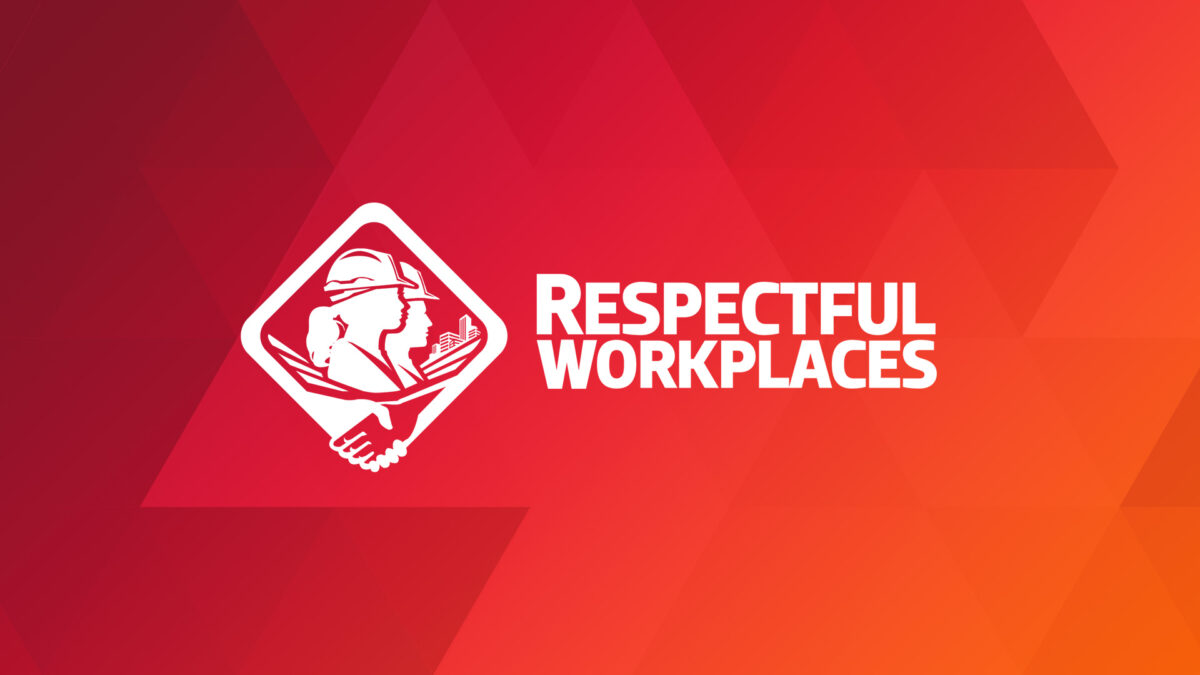One of the most important factors influencing long-term performance is the capacity to retain talented, driven, and productive workers.
How does employee engagement impact retention?
The life cycle of an organization naturally includes turnover. However, high voluntary turnover rates can negatively impact productivity, profitability, and overall employee experience.
Engaged employees are driven to put in their best efforts and go above and beyond their responsibilities. They are less likely to look for opportunities elsewhere because of the loyalty and dedication they feel to the organization.
Why it matters
The Canadian construction sector is significantly challenged when it comes to recruitment and retention of the workforce. The construction workforce is aging, with the industry projected to lose almost 269,000 workers to retirement by 2034.
Construction sites have historically been white, male-dominated spaces, with most other groups underrepresented. By embracing inclusion, diversity, equity, and accessibility (IDEA) initiatives, construction companies can access a broader talent pool, improve workplace morale, and create environments that encourage long-term commitment from employees.
The IDEA connection
Given the myriad ways in which the physical workplace and the interpersonal dynamics within it influence workers’ perceptions of their own and their coworkers’ experiences, inclusive, equitable, and accessible workplaces are quickly becoming essential in creating a satisfying work environment for all employees, and particularly for employees from diverse backgrounds.
Grasping the concepts of IDEA in the workplace necessitates recognizing the presence of biases, prejudices, and systemic barriers that may be at play. Addressing these barriers requires a proactive approach to developing policies, practices, and cultural frameworks that foster equitable opportunity, fairness, and respect.
A study conducted by McKinsey found that 26% of women who felt they were the sole representative of their demographic group were contemplating leaving their jobs. In contrast, only 17% of women who experienced a more balanced representation expressed similar intentions.
A study by Deloitte highlights that companies fostering inclusive cultures demonstrate a significantly higher likelihood of surpassing financial goals. Specifically, these organizations are twice as likely to achieve such targets, three times more likely to exhibit high performance, six times more inclined to innovate and adapt, and eight times more probable to realize greater overall business results. A further study by Deloitte Australia found that an employer with a diverse population and a commitment to inclusion could see a life in employee engagement by as much as 101%.
Reducing turnover through IDEA
High turnover rates are costly, both in terms of lost productivity and the expenses involved in recruiting and training new employees. IDEA initiatives can play a pivotal role in retention by addressing key factors that lead to employee dissatisfaction and resignation:
1. Addressing workplace culture
A lack of inclusion can manifest as workplace harassment or discrimination, driving employees away. Implementing anti-harassment training and clear reporting processes can help create a safer, more respectful environment.
2. Providing career growth opportunities
Workers are more likely to stay with an employer if they see a clear path for advancement. Organizations can develop inclusive leadership programs or offer training tailored to diverse groups, ensuring equitable access to career development.
3. Recognizing and valuing employees
Simple acts like celebrating cultural holidays or acknowledging team members’ unique contributions can make employees feel valued. For example, recognizing Indigenous traditions in areas where projects occur on traditional lands can strengthen employee and community relationships.
Implementing IDEA in the workplace
Bringing IDEA into the workplace doesn’t require an overhaul of existing systems but rather a commitment to incremental, meaningful changes. Here are some practical steps construction companies can take:
1. Assess the current workforce
Conduct surveys or audits to understand your team’s demographic makeup and identify areas for improvement.
2. Provide training and education
Offer workshops on unconscious bias, cultural competency, and inclusive leadership to ensure all employees understand the value of diversity.
3. Revamp recruitment strategies
Partner with organizations that support underrepresented groups, such as Women in Construction or Indigenous trades training programs, to diversify your talent pipeline.
Review company policies to ensure they are inclusive, such as accommodating religious practices on job sites.
Overall, it is essential to recognize that a standardized approach often fails to deliver fairness, opportunity, or positive results for all individuals involved. People possess a variety of personal needs, values, and beliefs that shape their perspectives and behaviours. Effective employee engagement practices must strike a balance between consistency and flexibility, ensuring they include the diverse needs of both individuals and the organization.
Michael Bach is an author and speaker, a thought leader in inclusion, diversity, equity, and accessibility, and an IDEA consultant to BuildForce Canada.

Respectful and Inclusive Workplaces
